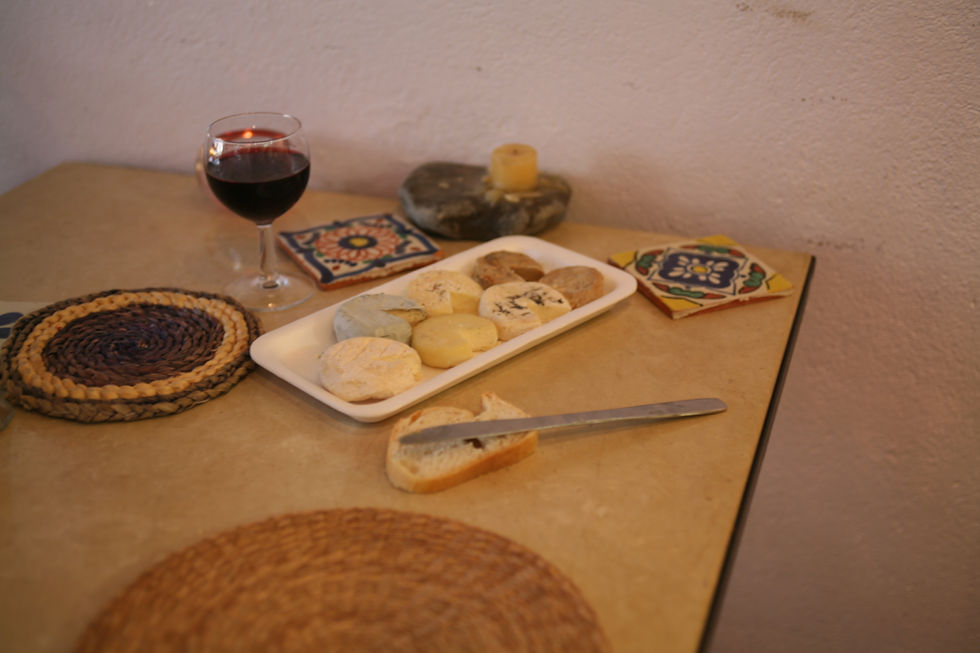(12) A Fish called with No Name.
- C Demeyer
- Dec 14, 2021
- 4 min read
Updated: Jan 3, 2022
You have seen a tree located in the courtyard of the building where I live in South London in one of my previous posts. Now you can see the other notable feature of the courtyard, a lovely pond with fishes in. Their story is interesting, a person was leaving the building and asked permission to leave his goldfish behind in the pond as it would have been difficult to take them with him on his journey. The fishes were happy, you can realise this by the way that they multiplied and populated the whole of the pond. They had room to roam and a lovely habitat, many people were visiting through time, and many people are still admiring them including many children who can see fishes which are not sticks!

A lovely pond.
For the first time I realised that these little red fishes found in many tanks grow to be grey and large when mature, or older if you prefer. Nature might make them red when small, but they have diversity as well, some with more colour than others and some others with less or a different shade. The pond is always lovely, and it has a calming effect, when you feel that life is hectic, just stop for a while and admire the little fishes, woosa (anyone for a film reference here?).
The other reason to stop is to give homage to a colleague that I have been intrigued by, and impressed by as well, by the fact that she spent a lot of time in water. Well, actually, she was doing synchronised swimming when younger, and I was baffled when I learned about it, big kudo, respect, etc… I never was that good in a swimming pool, I kind of learned to swim by being thrown in.
So, with everything so far in reference to water and fish, I thought that I would find a cheese reflecting this. However, this proved difficult at first. I tried to think again. And then I remembered a cheese that is not often made, or widely spread, but figures in many books about cheese and its long history: the Dauphin.
The story of this cheese started at least in the fourteenth century as a local speciality enjoyed by cheesemakers’ families, peasants with means, or people in towns near where it was made with some means and for special occasions. Around 1400 the cheese was mentioned and established; however, it was not yet called by its present name. it was in 1670 that the name of Dauphin appeared, it was given to the cheese by eminent members of a Maroilles town lodge in homage to the Crown Prince, as Dauphin is the French name given the first-born son of the king, or the next one if he dies. This was done during the time of Louis XIV, the “Sun King of France”, when he visited the area going towards the low countries in one of his many forays.
It is made with tarragon and pepper principally with parsley and / or cloves as well on a basis of Maroilles. Its shape is based on the similarly named fish, the dolphin, and is quite compact with a smooth brownish rind with tint of red-orange. This cheese can be a touch smelly, and its taste is milder than it feels, just make sure that it is not dry and dry. Nowadays, a large part of the production is industrial or made by large farms and well-established dairies of the north-west of France. The quality and the uniqueness of this cheese is still noteworthy.
The other cheese of the area that is based on a similar principle is the Boulette d’Avesnes. It has been made in the Thiérache area, north of France, since the sixteenth century at least as texts have been found in the Abbaye of Maroilles dated 1760. Furthermore, in 1595, a cheese called “boulette” was mentioned by Benedictine monks of the Abbaye of Liessies. Boulette d’Avesnes is a cheese that was made mainly from buttermilk and as such was a farm made product for local consumption principally in summer, and a way to extract all the nutrients and enrich the diet. It was then used by the miners of the north of France as it is a very tasty treat easy to carry, and sometimes it was known by the name of the local community as people were not as mobile as today, and this only proved its popularity among this section of the population. Nowadays, you can find a few different ones with different thickness of paprika covering. I would recommend for you to enjoy the cheese in the best way, to remove the excess of paprika in order to leave only a thin layer on the rind.
I have always found this cheese interesting as it is specific to this area and is unique. Its history makes it what it is. The combination is tasty and calls out to your taste buds, you can not stay indifferent.
On the other side of the border, in Belgium, you can find the Boulette de Nivelles. This cheese is milder and is said to dates from the thirteenth century. An interesting fact is that it is known by about 10 names, depending on where you find it and where it is made.
Another special cheese, this time from France, is called “Gaperon”. It is made from buttermilk as well with some pepper and garlic. I used to be able to get some from English supermarkets about 12 years ago, but not since, at least easily.
All of that to tell you that diversity can be found in the world of cheese, traditional cheese that is!
So, explore, give life to your taste buds, and enjoy real cheese.



Comments